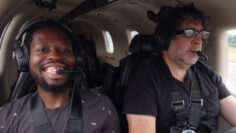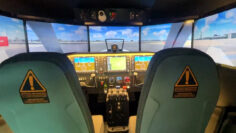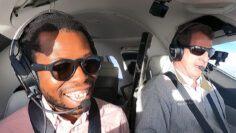How High Do Planes Fly?
Common Questions
Can commercial planes fly higher than their usual cruising altitudes?
Yes, they can. Pilots might ask to fly higher due to weather, crowded skies, or other factors. But they need to get permission from air traffic control first.
How does flying higher affect fuel usage and how well the plane flies?
Flying higher can save fuel because there’s less air resistance. Also, the winds at high altitudes can help the plane move faster. But if a plane flies too high, it can affect how well the engines and some systems work.
Are there limits on how high private pilots can fly?
Private pilots flying visually (VFR) can usually choose their own heights. But they have to follow any rules or restrictions set by air traffic control or other aviation authorities. And certain areas, like near airports, might have limits on how high they can fly.

Wrapping Up
In short, how high a plane flies depends on the type of plane and what it’s being used for. Commercial planes usually fly between 30,000 and 45,000 feet. Military planes fly at various heights depending on their missions. And private planes and helicopters can fly at a range of heights based on what they’re being used for. The height a plane flies is really important for safety, saving fuel, and making the plane perform its best.
Join the Conversation
If you have any thoughts or experiences to share, we’d love to hear them in the comments below. And if you like this article, why not share it with others who might find it interesting too? Check out our recent article on “How Fast Do Planes Fly?” for more great info about aviation. Thanks for reading, and keep exploring the wonderful world of flight!






